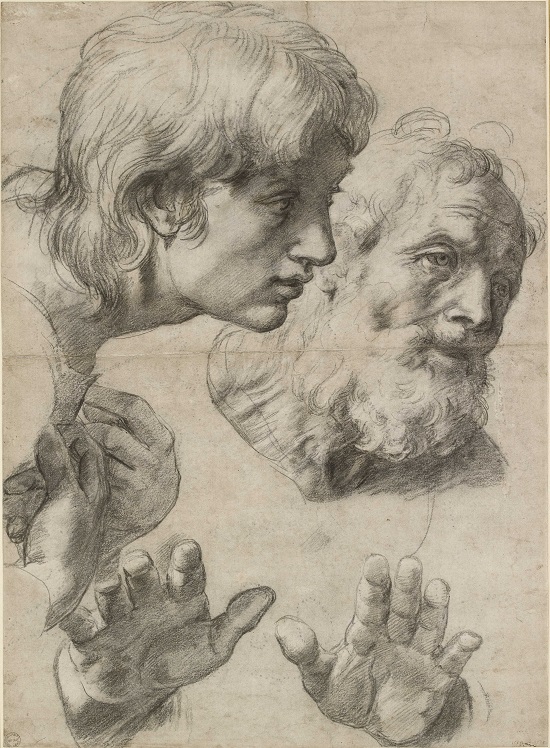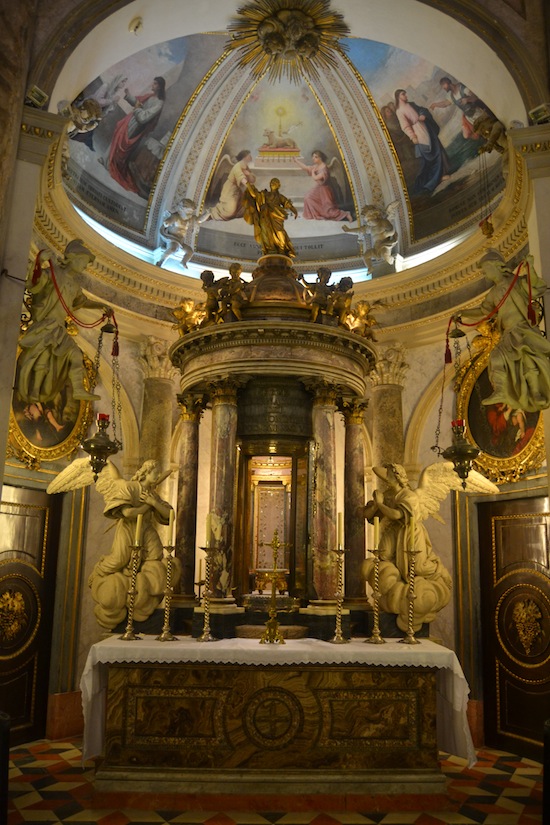Raphael’s Drawings at the Ashmolean Museum, Oxford

The heads and hands of two apostles, c. 1519–20.
Black chalk with over-pounced underdrawing
with some white heightening.
One of the highlights of my regular stays in Oxford is visiting the Ashmolean Museum. With its fine collections of all periods, especially Medieval Europe and Ancient Egypt, it’s a place I and my family keep going back to. It also has excellent special exhibitions. I wrote up last summer’s exhibition on Underwater Archaeology for Black Gate, and this year we got to enjoy the treat of studying some little-seen drawings of an Italian Renaissance master.
Raphael: The Drawings brings together 120 rarely seen works by the Italian master, including 50 from the Ashmolean’s collection, the largest and most important group of Raphael drawings in the world. They came to the museum in 1845 following a public appeal to acquire them after the dispersal of the collection of the portrait painter Sir Thomas Lawrence (1769–1830), who had amassed an unrivalled collection of Old Master drawings. A further 25 works are on loan from the Albertina Museum in Vienna, which will show the exhibition in autumn 2017. The remaining drawings come from various international collections.
